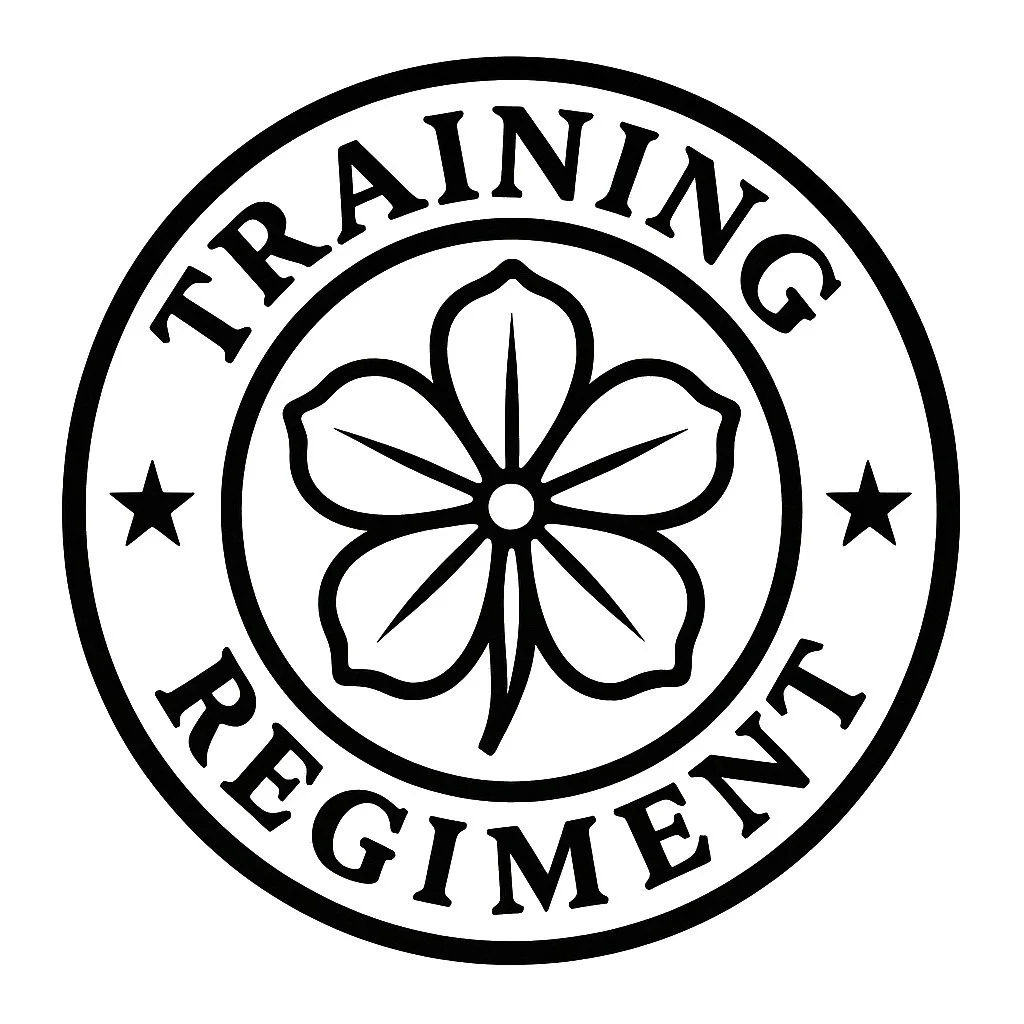Beyond the Bang: Why Handgun Instructors Must Rethink How Adults Learn
Rethinking the Range
Visit any firearms course and you’ll see a predictable routine: rows of learners passively absorbing commands while a knowledgeable instructor delivers a scripted lecture. This “sage on the stage” method, while rooted in tradition, does not meet the needs of adult learners. It prioritizes content delivery over comprehension, compliance over curiosity, and often results in surface-level skills that degrade under stress.
In an environment where performance under pressure could be the difference between life and death, instructors must evolve beyond traditional methods. Modern handgun education demands learner-centered, evidence-based instructional design. Theories like Andragogy, Gagné’s Nine Events of Instruction, ADDIE, Self-Determination Theory, and Constructivism offer proven frameworks that make training more effective, engaging, and retention-focused.
Andragogy: Teaching Adults with Purpose
Malcolm Knowles (1980) advanced the concept of Andragogy, emphasizing that adults learn differently from children. Adult learners are self-directed, bring prior experience, seek relevance, and want immediate application.
Application: Instructors must link course content to real-life application. Asking, “What experience do you have with malfunctions?” not only draws learners in but also builds on existing knowledge and validates their prior exposure.
Gagné’s Nine Events of Instruction:
Structuring Engagement
Robert Gagné (1985) outlined a sequence of instructional events designed to mirror the cognitive processes involved in learning. These include gaining attention, stimulating recall, presenting content, and providing feedback—each a critical step in how adults absorb and apply new skills.
Application: By using Gagné’s framework, instructors can transform a live-fire drill into a layered experience: start with a story or video, guide through performance, and end with reflective debriefing and assessment.
ADDIE: The Roadmap for Effective Course Design
ADDIE—standing for Analyze, Design, Develop, Implement, and Evaluate—is a framework widely used in instructional design to ensure structured, learner-focused education (Molenda, 2003).
Application: Most handgun training courses are delivered without formal planning. ADDIE forces instructors to examine learner needs, build clear objectives, develop engaging materials, deliver effectively, and evaluate impact for continual improvement.
Self-Determination Theory: Fueling Motivation
Deci and Ryan’s (1985) Self-Determination Theory (SDT) posits that intrinsic motivation increases when learners feel autonomous, competent, and connected to others.
Application: Letting students choose the sequence of their drills (autonomy), track their progress (competence), and partner with peers (relatedness) leads to more motivated, confident learners—key traits in high-stress environments.
Constructivism: Learning by Doing
Constructivism, rooted in the work of Piaget and Vygotsky, emphasizes active engagement and knowledge construction (Fosnot, 2013). Learners understand and retain information best when they discover it through experience, problem-solving, and reflection.
Application: Instead of telling a student how to clear a double-feed, let them work through it, make mistakes, and then guide them through a reflective debrief. Constructivist teaching simulates the cognitive chaos of real-life decision-making.
Why “Sage on the Stage” Falls Short
The lecture-heavy model assumes learners are passive recipients of information. This works for rote memorization but fails under pressure. Adults need training that adapts to their needs, promotes skill ownership, and mimics real-world scenarios.
Instructors who integrate these five learning theories can expect:
• Improved knowledge retention and performance under stress
• Greater learner engagement and confidence
• Safer, more adaptive responses in real-life situations
Conclusion: Be More Than a Ballistics Expert
Firearm safety and performance training should not be built on outdated lectures and static drills. Instructors must become learning designers who use psychology, cognitive science, and adult learning theory to create instruction that saves lives.
By embedding Andragogy, Gagné’s Nine Steps, ADDIE, SDT, and Constructivism into their courses, instructors shift from being mere deliverers of information to facilitators of real-world capability. When the fight or flight moment hits, your students won’t recall a lecture—they’ll rely on what they know how to do under stress.
References
Deci, E. L., & Ryan, R. M. (1985). Intrinsic motivation and self-determination in human behavior. Springer.
Fosnot, C. T. (2013). Constructivism: Theory, perspectives, and practice (2nd ed.). Teachers College Press.
Gagné, R. M. (1985). The conditions of learning and theory of instruction (4th ed.). Holt, Rinehart and Winston.
Knowles, M. S. (1980). The modern practice of adult education: From pedagogy to andragogy (Revised ed.). Cambridge Books.
Molenda, M. (2003). In search of the elusive ADDIE model. Performance Improvement, 42(5), 34–36. https://doi.org/10.1002/pfi.4930420508

